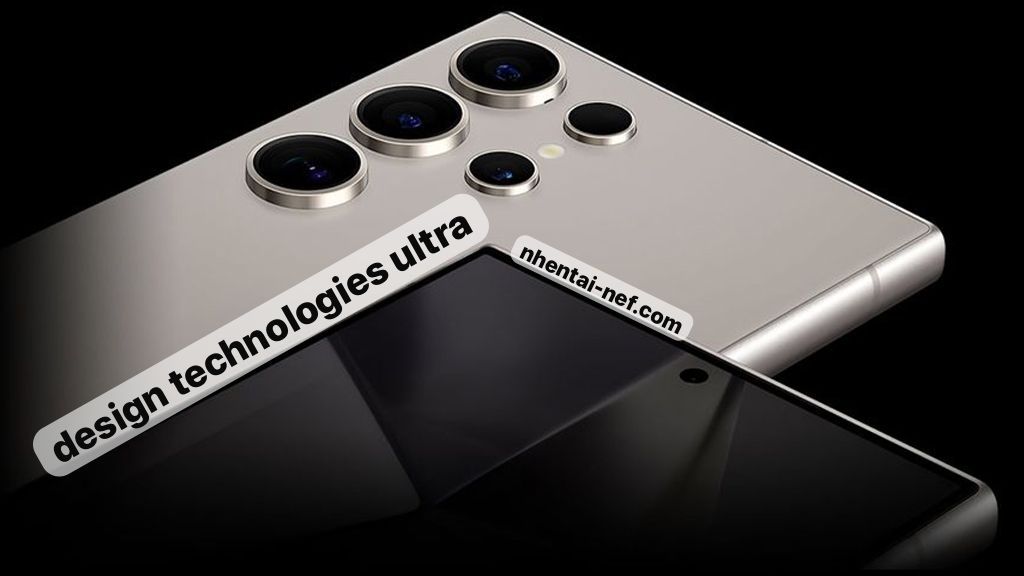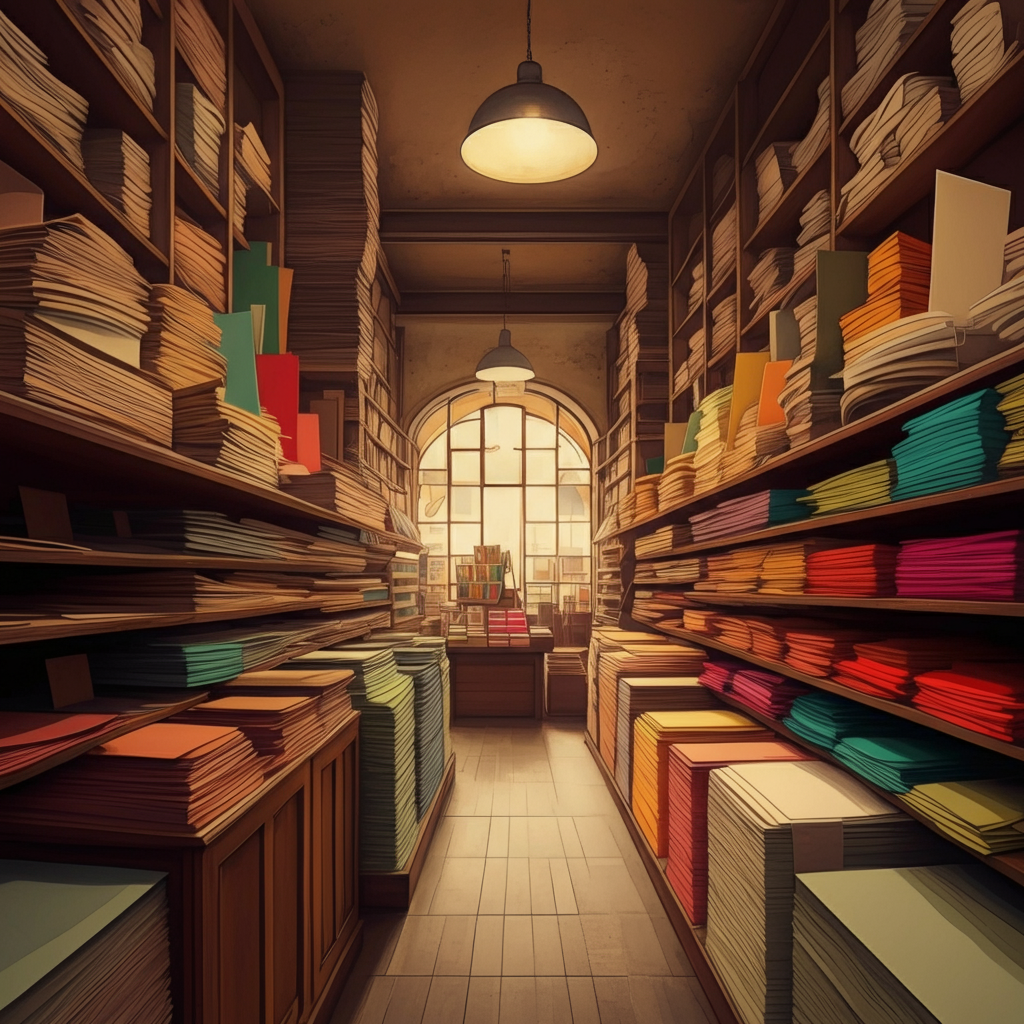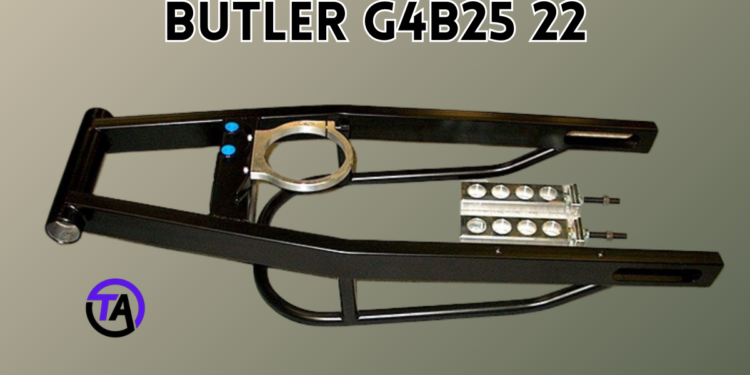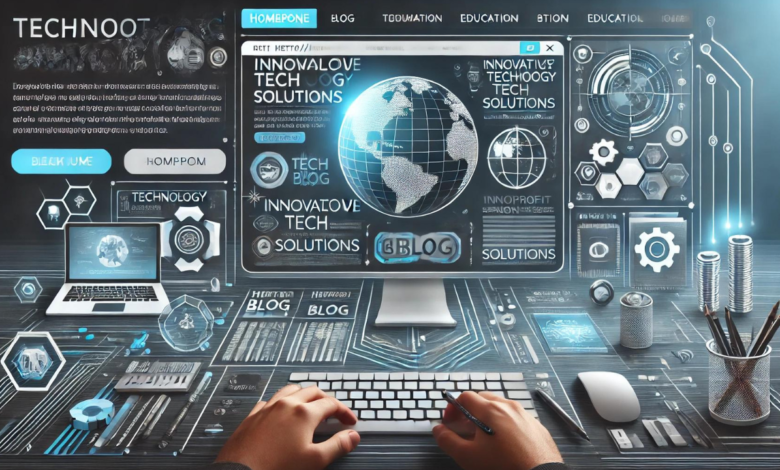
In today’s fast-paced world, staying ahead of the curve in design and technology is essential for businesses and creatives alike. Design technologies ultra encompass a range of advanced tools, methodologies, and innovations that are shaping the future of design across various industries. This comprehensive guide will explore the latest advancements, their applications, and the impact they have on design practices.Design Technologies Ultra: A Comprehensive Guide to the Latest Innovations.
Understanding Design Technologies Ultra
Design technologies ultra refers to the cutting-edge tools and techniques that enhance the design process, making it more efficient, innovative, and user-centered. These technologies range from software and hardware innovations to new methodologies that improve collaboration and creativity.
The Evolution of Design Technologies
Over the past few decades, design technologies have evolved dramatically. From traditional hand-drawn sketches to sophisticated computer-aided design (CAD) software, the journey has been marked by significant milestones. The advent of digital design tools has allowed for greater precision and flexibility, paving the way for the emergence of ultra technologies.
Key Milestones in Design Technologies Ultra
- CAD Software: Revolutionized technical drawing and design.
- 3D Printing: Enabled rapid prototyping and customization.
- Virtual Reality (VR) and Augmented Reality (AR): Transformed user experience by immersing users in interactive environments.
- Collaborative Design Platforms: Improved teamwork and real-time feedback across geographically dispersed teams.
Innovations in Design Technologies Ultra
1. Artificial Intelligence (AI) in Design
Design technologies ultra heavily utilize AI to streamline processes and enhance creativity. AI tools can analyze user preferences, generate design options, and even assist in creating personalized experiences.
Applications of AI in Design Technologies Ultra
- Automated Design Generation: AI algorithms can create multiple design variations based on set parameters. This allows designers to explore a broader range of possibilities without the manual effort traditionally required.
- User Experience Optimization: Analyzing user behavior data helps improve interfaces, making them more intuitive and user-friendly. AI can predict user interactions and suggest enhancements based on this data.
- Predictive Analytics: AI tools can analyze market trends and customer data to inform design decisions, ensuring that new products meet market demands.
2. Generative Design in Design Technologies Ultra
Generative design is an exciting innovation within the realm of design technologies ultra. It uses algorithms to generate a multitude of design options based on specific goals and constraints.
How Generative Design Works in Design Technologies Ultra
- Input Parameters: Designers input parameters such as materials, manufacturing methods, and cost constraints. The software takes these inputs and begins to process possible outcomes.
- Algorithmic Processing: The software explores various design possibilities through simulations, considering factors like structural integrity, material efficiency, and aesthetic appeal.
- Selection and Refinement: Designers review the generated options and select the most suitable designs for further development. This process often leads to unexpected yet innovative solutions.
3. 3D Printing and Prototyping in Design Technologies Ultra
The rise of 3D printing technology has been a game-changer in product development and design. It allows designers to create physical models quickly and cost-effectively, facilitating faster iterations and improvements.
Benefits of 3D Printing in Design Technologies Ultra
- Rapid Prototyping: Quickly turning digital designs into physical objects for testing and validation has never been easier. This speed reduces time to market and allows for more iterations during the design phase.
- Customization: 3D printing makes it easy to adapt designs to meet individual client needs. Personalization can be incorporated at every stage, from conceptualization to production.
- Sustainability: Reducing material waste through precise printing techniques is increasingly important in today’s eco-conscious market. 3D printing can minimize excess material and energy usage compared to traditional manufacturing methods.
4. Virtual Reality (VR) and Augmented Reality (AR) in Design Technologies Ultra
VR and AR technologies have redefined how designers present their work. These immersive technologies provide clients and users with interactive experiences, enabling them to visualize designs in real-world contexts.
Impact of VR and AR on Design Technologies Ultra
- Enhanced Visualization: Clients can experience designs before they are built, leading to better-informed decisions. This capability allows for immediate feedback and modifications based on client reactions.
- Interactive Design Reviews: Real-time feedback during design presentations enhances collaboration. Stakeholders can interact with designs in a virtual space, facilitating more engaged discussions.
- Training and Simulations: VR can be used for training purposes in complex design environments. This feature is especially valuable in fields like architecture and engineering, where understanding spatial relationships is crucial.
5. Collaborative Design Platforms in Design Technologies Ultra
Modern design often requires teamwork across various disciplines. Design technologies ultra offer collaborative platforms that facilitate seamless communication and project management.
Features of Collaborative Design Platforms in Design Technologies Ultra
- Real-Time Editing: Multiple users can work on the same design simultaneously, reducing delays and miscommunication. This capability fosters a more dynamic and flexible design process.
- Version Control: Keeping track of changes and updates ensures everyone is on the same page. Version control prevents the confusion that can arise from having multiple design iterations floating around.
- Feedback Mechanisms: Built-in tools for commenting and suggesting changes streamline the review process, allowing for a more efficient exchange of ideas and constructive criticism.
The Future of Design Technologies Ultra
As technology continues to advance, the future of design technologies ultra looks promising. Emerging trends indicate a shift towards even more integration of AI, machine learning, and user-centric design principles.
Key Trends to Watch in Design Technologies Ultra
- AI-Driven Design Tools: More sophisticated AI tools will further enhance creativity and productivity, enabling designers to focus more on strategic thinking and less on repetitive tasks.
- Sustainable Design Practices: Innovations will focus on reducing environmental impact through sustainable materials and processes. As consumers become more eco-conscious, companies will need to adapt their design strategies accordingly.
- Increased Personalization: Customizable experiences will become the norm as data analytics inform design decisions. This trend will allow for tailored user experiences that resonate on a personal level.
Challenges in Adopting Design Technologies Ultra
While the benefits of design technologies ultra are clear, the adoption of these tools and methodologies comes with its own set of challenges.
1. Cost of Implementation in Design Technologies Ultra
The initial investment in advanced design technologies can be significant. Many companies may hesitate to invest in these tools without a clear understanding of their potential ROI.
2. Training and Skill Gaps in Design Technologies Ultra
New technologies often require specialized skills that current team members may not possess. Organizations must invest in training and development to ensure their teams can effectively use these new tools.
3. Resistance to Change in Design Technologies Ultra
Implementing new technologies can encounter resistance from employees accustomed to traditional methods. Change management strategies are essential to ease transitions and foster acceptance of new workflows.
Conclusion
Design technologies ultra are at the forefront of innovation in the design world. By leveraging advanced tools and methodologies, designers can create more efficient, sustainable, and user-focused solutions. Staying updated with these technologies is essential for anyone looking to thrive in the ever-changing landscape of design. Embracing these advancements not only enhances creativity but also ensures that designers can meet the evolving needs of their clients and users.
In conclusion, as we continue to explore the capabilities of design technologies ultra, it’s clear that the future holds exciting possibilities for those willing to innovate and adapt. Whether you are a seasoned designer or just starting in the field, the key to success lies in staying informed and being open to the tools that will shape the future of design. The landscape is ever-changing, and those who can harness these technologies will lead the way in the design industry, creating products and experiences that resonate deeply with users and clients alike.







